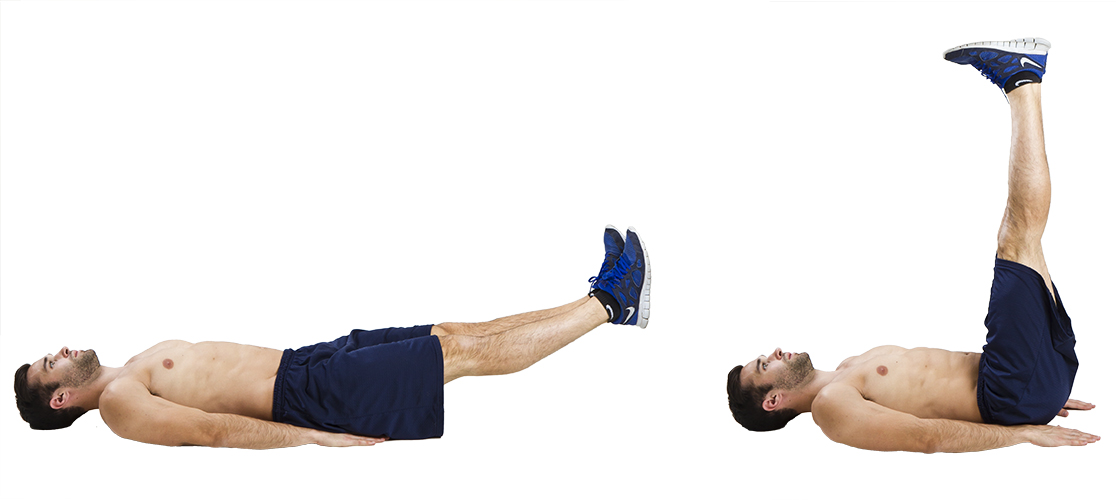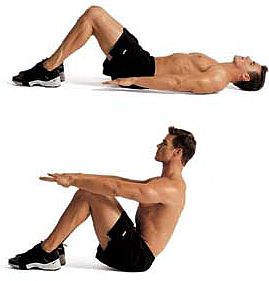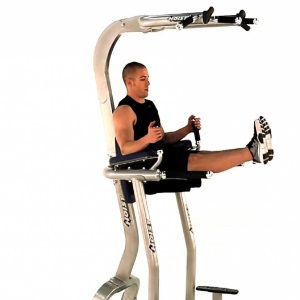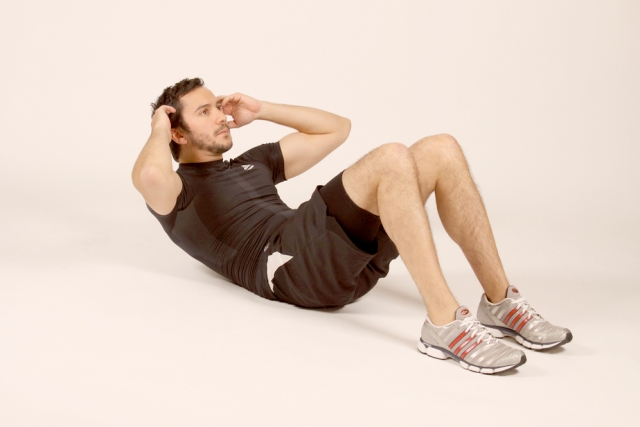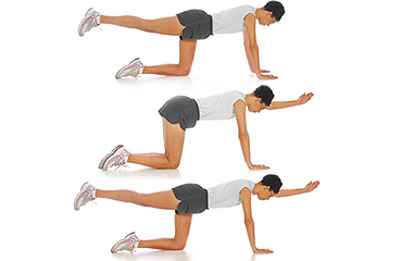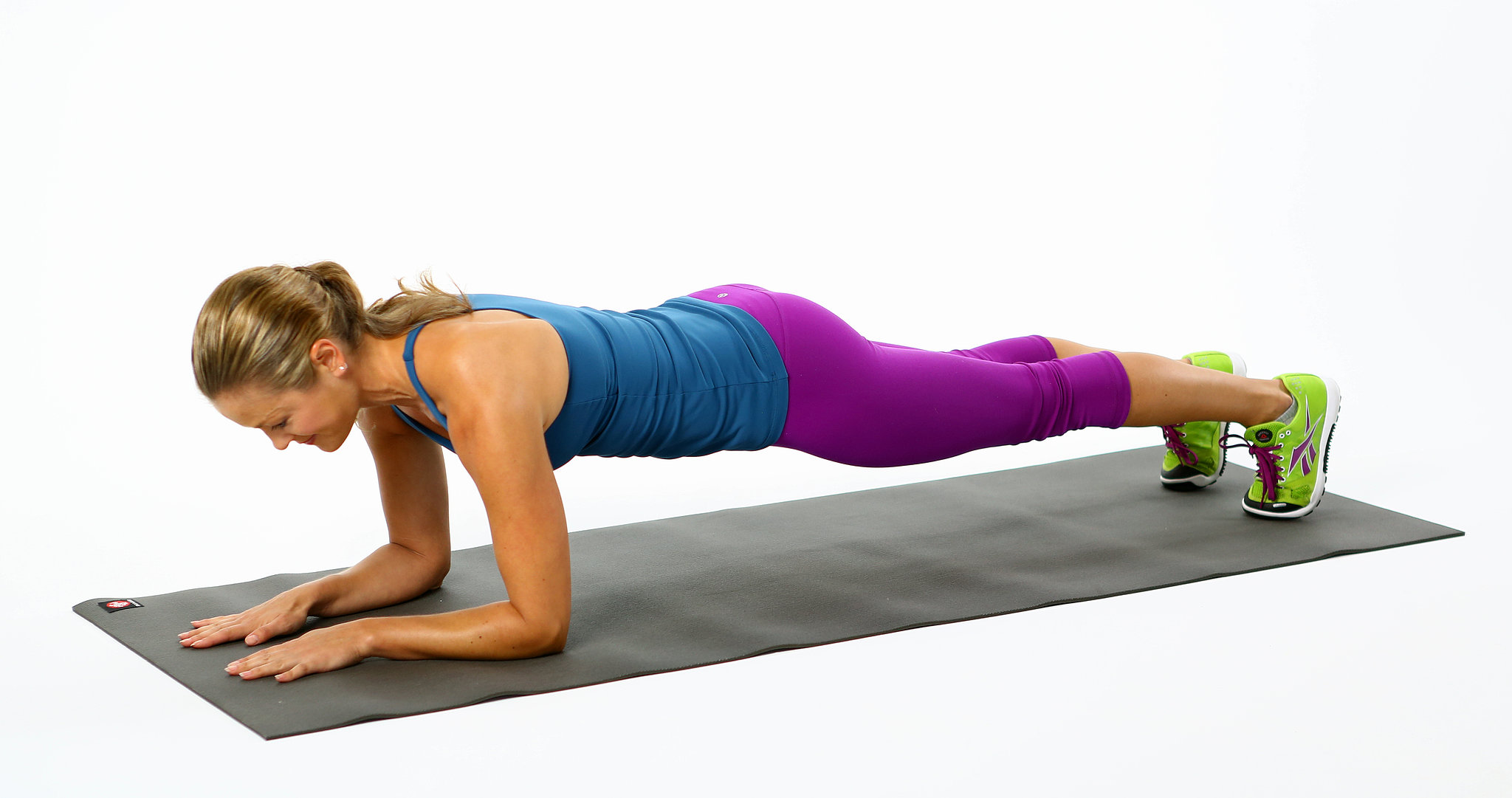Osteoporosis is a condition that affects both men and women. According to the National Osteoporosis Foundation, "About 54 million Americans have osteoporosis and low bone mass, placing them at increased risk for osteoporosis. Studies suggest that approximately one in two women and up to one in four men age 50 and older will break a bone due to osteoporosis."
Most adults maximize their bone density by age 30. From that point forward, new bone is made but not fast enough to avoid overall bone loss over time. Therefore, it is extremely important to start improving your bone density as early as possible to avoid, or possibly, reverse a diagnosis of osteoporosis.
The Mayo Clinic has published another wonderful article describing bone health including what affects it and tips to keep your bones as healthy as possible. You can read the entire article here.
Did you know that the amount of calcium in your diet, amount of physical activity, tobacco/alcohol use, your hormone levels, and certain medications all have a dramatic effect on your bone density? It's important to speak with your doctor, physical therapist, or other health care professional about these areas of your life. Your healthcare team can come up with the best plan to keep your bones as healthy as possible.
The article recommends getting enough calcium and vitamin D in your diet to give your body the tools it needs to build more bone as efficiently as possible.
- Women ages 19-50 and men ages 51-70 have a recommended dietary allowance (RDA) of 1,000 mg of calcium a day. This increases to 1,200 mg a day for women after age 50 and men after age 70.
- Good sources of calcium include dairy products, almonds, broccoli, kale, canned salmon with bones, sardines and soy products, such as tofu.
- As for vitamin D, adults from 19-70 have an RDA of 600 international units (IUs) a day. This increases to 800 IUs after age 71.
- Good sources of vitamin D include oily fish, such as tuna and sardines, egg yolks, and fortified milk.
Exercise is essential to maintain and build bone mass. Typically, weight bearing activities such as walking are effective for individuals with osteoporosis or osteopenia. If you do not have any problems with your bone density yet, higher impact activities such as running or aerobic classes will be more effective. Your physical therapist at Integrate 360 will be able to give you suggestions individualized for you and your preferences. We will also provide additional physical therapy-based exercises and/or stretches to avoid any postures that can put excessive stress on your joints or bones/spinal segments.
It is also essential to know how to avoid fractures if you do have osteoporosis/osteopenia. Check out our blog post on how to properly fall here.
For more information on osteoporosis, check out the National Osteoporosis Foundation's website here.














